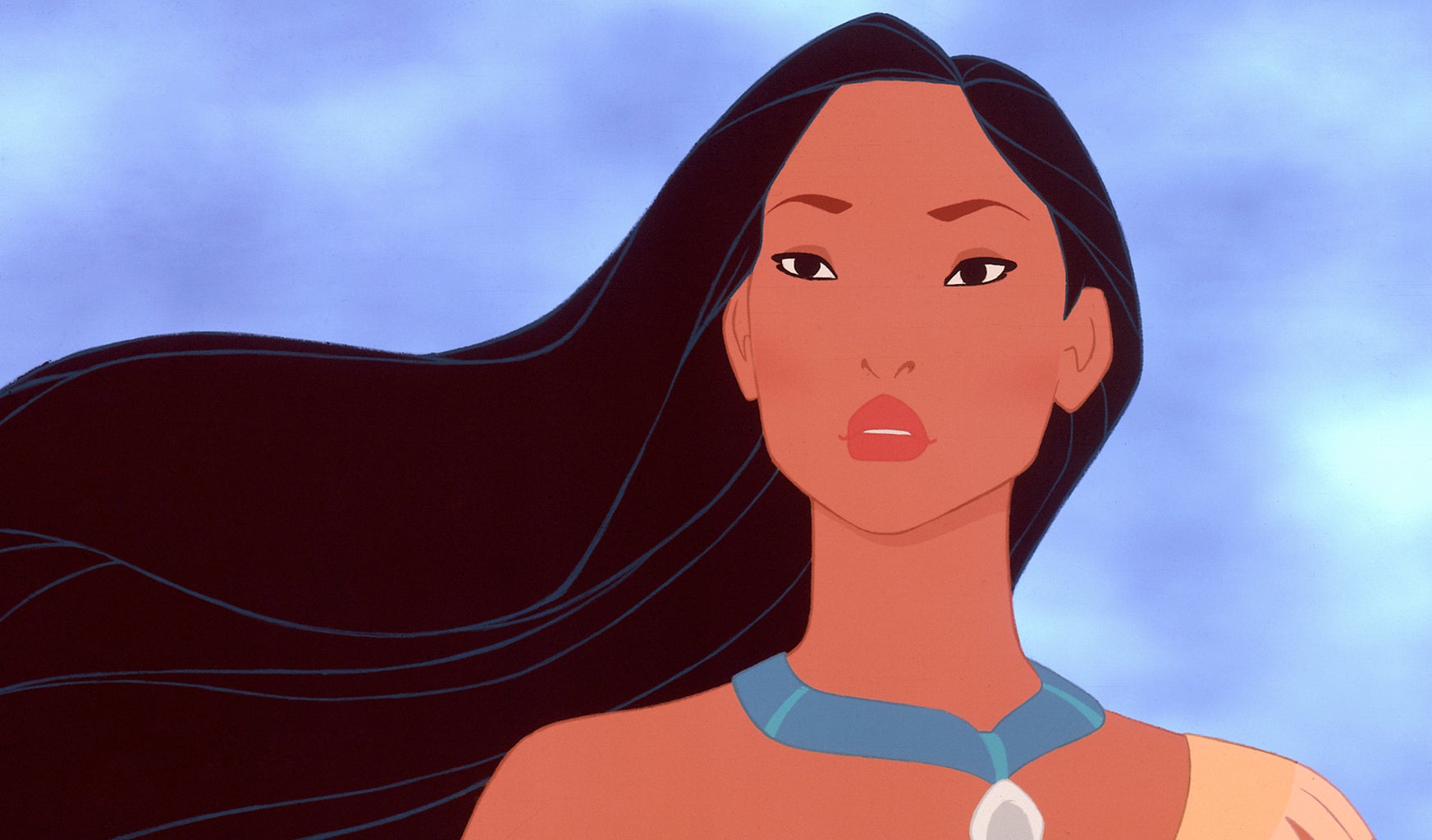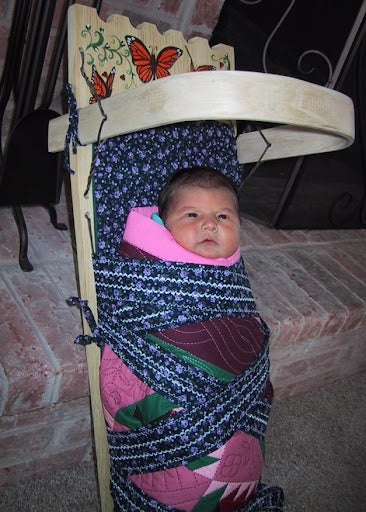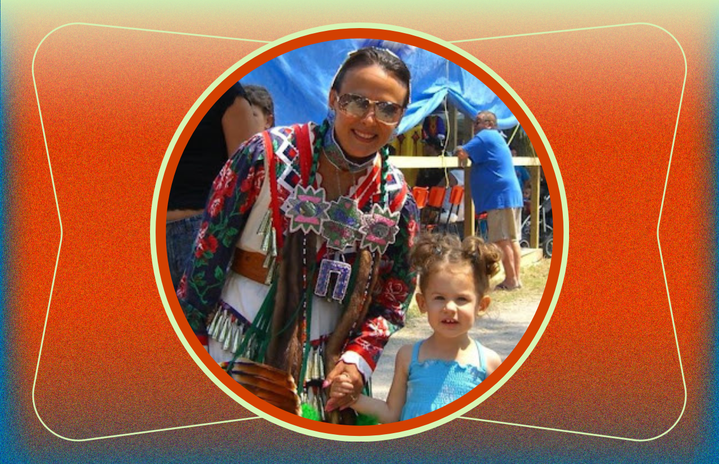I grew up on all the classic Disney movies as a child — Cinderella, Sleeping Beauty, Snow White & the Seven Dwarfs. Every weekend, I carefully picked out a DVD and sat with my eyes glued to the screen. Although I tended to gravitate towards princess movies, I couldn’t help myself from occasionally putting on something more adventurous, such as Peter Pan, Pinocchio, and Pocahontas. These three films marked the first times I saw Native Americans being portrayed in the media. Witnessing the Indigenous characters from these movies made me feel seen, but never quite represented.
In Peter Pan and Pinocchio, the inclusion of Native Americans is both unnecessary and harmful to a whole group of people, as the incorporation of these caricatures don’t further their respective stories in any significant way. This is depicted in the 1940 film Pinocchio when some of the characters briefly traveled down Tobacco Road while Native American chiefs threw cigars out to the children. Additionally, the inclusion of the song “What Made the Red Man Red,” released in the 1953 version of Peter Pan, furthers stereotypes with the lyrics “When did he first say ‘Ugh’?” and by chocking up the color of Native Americans’ skin being “red” to an “Injun prince” blushing after kissing a maiden, leaving them “blushing since.”
Of these three movies from my childhood, the one that came closest to portraying Native Americans accurately was the 1995 film Pocahontas. After more than 40 years of not crafting Native characters, Disney decided to give it another try where the company had found moderate success. However, critics of the movie argue that since the source material is based on real people such as Pocahontas — or Amonute, as she was known within her tribe — and the Powhatan Renape Nation, Disney should have been more forthcoming with the injustices they endured. Amonute was kidnapped, her newborn was taken away from her, and her first husband was killed by the colonists, leaving the remainder of the Powhatan Renape Nation living in constant fear that they’d be the next target if they fought back. It’s a far cry from the timeless romance story presented by Disney.

As I got older and started watching more mature material, I discovered movies that felt historically accurate and realistic to Native American culture. Some of these movies include Dances with Wolves and The Last of the Mohicans. The effort and research put into these two films about Native history is incredible and promising for the future of accurate mainstream representation of Native Americans. However, these — and most — films following the stories of Natives are typically set hundreds of years ago, showcasing the historical aspects of the tribes they depict. While there isn’t anything wrong with that, it leaves a big gap in presenting to audiences what modern Native culture looks like.
The lack of current Native Americans in the mainstream media has been detrimental to the perception of my people. I am saddened by how often Indigenous culture is overlooked. A study by the Annenberg Inclusion Initiative compiled data on the top 1,600 highest-grossing movies from 2007 to 2022 and found that, even though Native Americans account for 1.3% of the population according to the U.S. Census, they only account for 0.25% of speaking roles in those films. To put that in perspective, only 99 of the more than 62,000 named characters or characters with dialog were played by Native actors. Out of those 99 actors, only one scored a lead role.
This is a topic that I am exceedingly passionate about because I am a Mohawk Native American. The entirety of my dad’s side of the family have spent their whole lives living in Kahnawà:ke, a reservation located within Quebec, Canada. It’s a place where I feel comfortable exploring my culture. A place where I learn about Mohawk urban legends, like the story of the Deer Lady. A place where little kids run along the St. Lawrence Seaway in their moccasins. A place filled with so much love.

While we proudly keep our culture as intact as possible, there have been many modern innovations adapted by these reservations. When I was in my sophomore year of high school, several of my classmates were perplexed when I told them that my grandma lived in a house. “So she doesn’t live in a teepee?” one questioned, dumbfounded. “How do you communicate with them? Do they even know how to speak a language?” another chimed in. When I was asked these questions, I was bewildered. Spending so much time on the reservation and being surrounded by Natives all my life taught me what modern Natives look like. I now realized that this context has been absent for non-Native Americans elsewhere.
In all the history classes I’ve taken in school, we stop talking about Native Americans shortly after the arrival of the European colonists in the 17th century. And, as elucidated above, the mainstream media has done very little to showcase current stories of Native Americans. With films either being filled with racist stereotypes or focusing on what tribes looked like hundreds of years ago, people have begun to develop a warped perception of Native life and culture. It’s no wonder there is so much uncertainty about what being a Native American in the 21st century looks like.
Fortunately, there has been a shift to focus more on highlighting diversity in the mainstream media. One show that’s been popular the last few years — Reservation Dogs — does this beautifully by incorporating the history while simultaneously showcasing the lives of Native Americans living in this century. The show follows a group of Native teenagers belonging to the Muscogee Nation as they embark on a journey to find out who they really are and where they belong. Although the characters are fictitious, seeing the Native actors and actresses find so much success from the show is both important and promising for the future of Native Americans in film and television.
As the years go by, the number of Indigenous people in show business has increased. Devery Jacobs, Alex Rice, Billy Two Rivers, Kaniehtiio Horn, and Mike Phillips (Mohawks featured in Reservation Dogs, Twilight, Pocahontas: The Legend, Journey to the Center of the Earth, and The Last of the Mohicans, respectively) all hold a special spot in my heart as they are all actors and actresses from Kahnawà:ke.
Additionally, contributions made by Gil Birmingham (Comanche featured in Yellowstone), Wes Studi (Cherokee featured in Dances with Wolves), Irene Bedard (Iñupiat/Cree featured in Disney’s Pocahontas), Graham Greene (Oneida featured in The Green Mile), Lily Gladstone (Siksikaitsitapi/NiMíiPuu featured in Killers of the Flower Moon) and Zahn McClarnon, Paulina Alexis, Lane Factor, and D’Pharaoh Woon-A-Tai (Hunkpapa/Sihasapa Lakota, Nakota Sioux, Creek-Seminole/Caddo, and Oji-Cree, respectively, all featured in Reservation Dogs) on the big and small screen are breaking down the barriers that once made it impossible for Native Americans to envision themselves in film and TV a mere century ago.
While there’s more to be done in terms of exhibiting current Native life in the mainstream media, so much progress has been made in the last few decades. Just recently, Killers of the Flower Moon — a movie following the Osage Native American tribe — was released on Oct. 20 to great success. This is promising not only for the inclusion of Native American actors in films but may potentially open the door to more prominent, leading roles being created specifically for Indigenous people in the future. It is my hope this representation will allow people unfamiliar with the culture to gain a better perception of modern Native Americans.
For me, this essential shift helps satisfy the yearning to find similarities between myself and the Native American depictions from the movies of my childhood. And isn’t that what we all, as human beings, search for? To be acknowledged, to be understood, to be seen.


